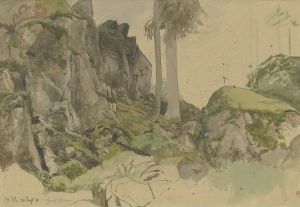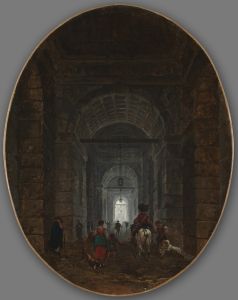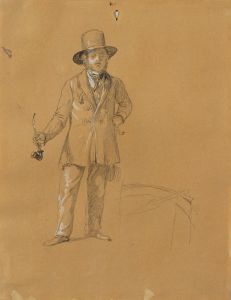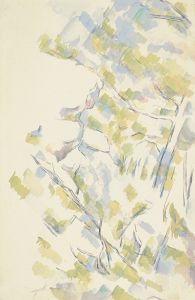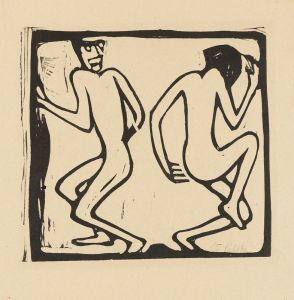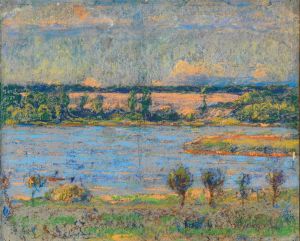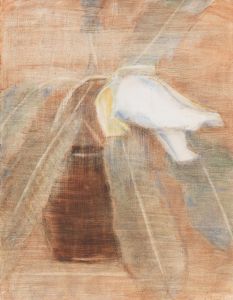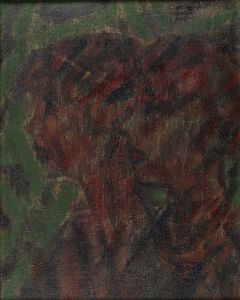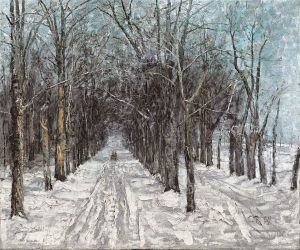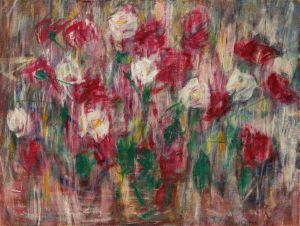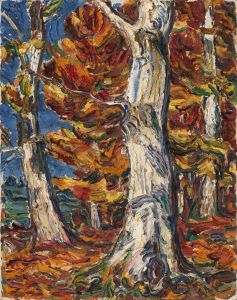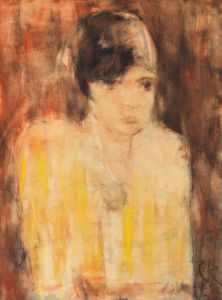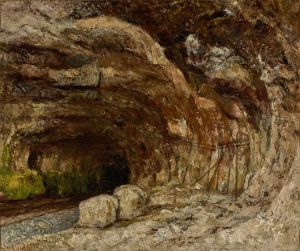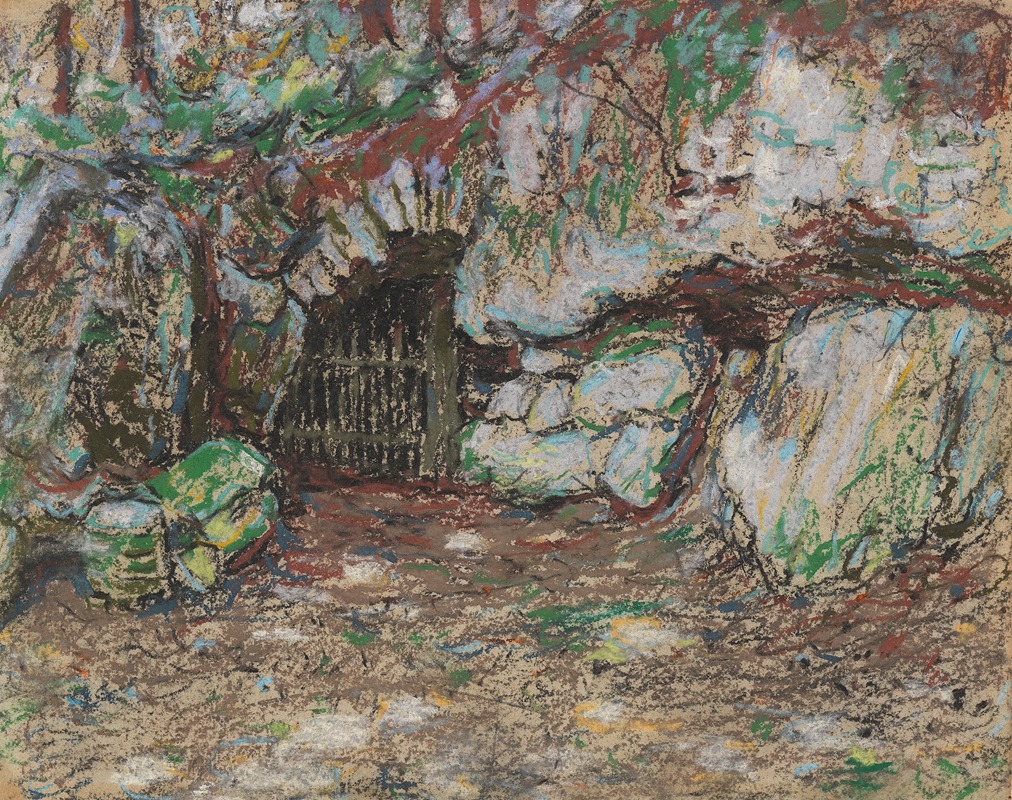
Grotte im Park Weimar
A hand-painted replica of Christian Rohlfs’s masterpiece Grotte im Park Weimar, meticulously crafted by professional artists to capture the true essence of the original. Each piece is created with museum-quality canvas and rare mineral pigments, carefully painted by experienced artists with delicate brushstrokes and rich, layered colors to perfectly recreate the texture of the original artwork. Unlike machine-printed reproductions, this hand-painted version brings the painting to life, infused with the artist’s emotions and skill in every stroke. Whether for personal collection or home decoration, it instantly elevates the artistic atmosphere of any space.
Christian Rohlfs (1849-1938) was a prominent German painter associated with the Expressionist movement. His work "Grotte im Park Weimar" is one of the notable pieces that reflect his unique style and artistic evolution. Rohlfs was known for his transition from Impressionism to Expressionism, and his works often exhibit a bold use of color and dynamic brushstrokes.
"Grotte im Park Weimar" translates to "Grotto in the Park Weimar," indicating that the painting depicts a scene from a park in Weimar, Germany. Weimar is a city with a rich cultural history, known for its association with many significant figures in German literature, music, and art, including Johann Wolfgang von Goethe and Friedrich Schiller. The park in Weimar, likely referenced in the painting, could be the Park an der Ilm, a large and historically significant park in the city.
The painting captures a grotto, a small picturesque cave or cavern, which is a common feature in many European parks and gardens, often designed to add a sense of mystery and romanticism to the landscape. Rohlfs' depiction of the grotto in the park would have been influenced by his keen interest in natural forms and his ability to convey the emotional resonance of a scene through his expressive style.
Christian Rohlfs' career spanned several decades, and he was a prolific artist who produced a vast body of work. He began his formal art education at the Weimar Academy of Art, where he was initially influenced by the academic style of painting. However, over time, he moved away from academic conventions and embraced more modernist approaches. His early works were characterized by a more naturalistic and impressionistic style, but as he matured as an artist, he increasingly adopted the bold, expressive techniques that defined his later work.
Rohlfs' work was significantly impacted by his exposure to the avant-garde movements of the early 20th century. He became associated with the Expressionist movement, which sought to convey emotional experience rather than physical reality. This shift is evident in "Grotte im Park Weimar," where the use of color, light, and form is employed to evoke a particular mood or atmosphere rather than to create a realistic depiction of the scene.
Throughout his career, Rohlfs faced various challenges, including the political turmoil of the early 20th century. Despite these difficulties, he continued to produce art that was innovative and influential. His contributions to the Expressionist movement were recognized during his lifetime, and he was celebrated as one of Germany's leading modernist painters.
Today, Christian Rohlfs' works are held in high regard and can be found in numerous public and private collections. "Grotte im Park Weimar" remains an important example of his ability to blend naturalistic elements with expressive techniques, creating a work that is both visually striking and emotionally resonant.





